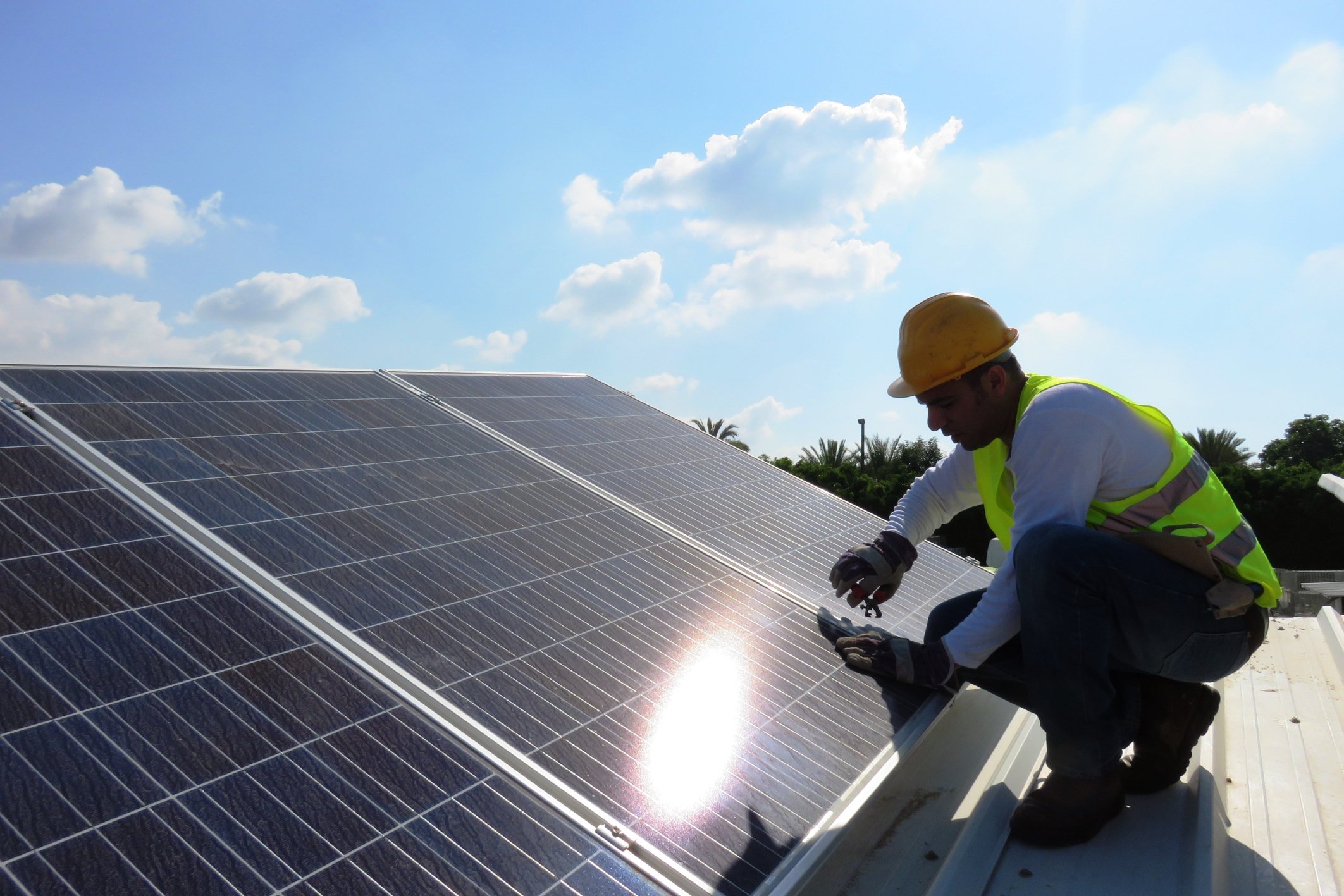Don't look now, but SunPower Corporation (SPWR +0.00%) may finally be a growth story in the solar industry. After years of struggling with costs that were higher than competitors' and a foundering project-finance business, the company is focusing on its roots as a solar manufacturer -- and the strategy may pay off with growth as early as this year.
It's not just important that SunPower is growing, it's where SunPower is growing that will also be important for investors. And it may not be where you think.

Image source: SunPower.
SunPower's growth plans in 2018
When SunPower reported fourth-quarter 2017 results, it also gave early guidance for 2018. The guidance numbers included a wide range of potential deployments of between 1.5 GW and 1.9 GW of solar panels this year.
The wide range comes from SunPower's joint venture (JV) in China, which currently has about 700 MW of capacity and allocates only about two-thirds of that to SunPower, with the other third going to domestic developers in China. Allocations can fluctuate from time to time, hence a wide guidance range.
What's important is that guidance is well above the 1.38 GW of solar panels deployed in 2017, and we should see more growth in 2019.
Plans for 2019 and beyond
Growth could really start kicking into high gear in 2019. Management recently said that China's JV capacity will be nearly 2 GW, and still ramping, at the end of 2018.
Today, SunPower has 400 MW of X-Series capacity in the Philippines, 800 MW of E-Series capacity in Malaysia, 400 MW of P-Series capacity in Mexico, and 700 MW of JV capacity in China. In total, that's 2.3 GW of production capacity for SunPower.
By the end of 2018, that production level should grow to around 3.6 GW, or 57% year over year. And the JV in China has plans to increase production to as much as 5 GW in the next five years.
Could SunPower grow high-efficiency solar?
SunPower is already in the process of transitioning some of its Malaysian solar cell capacity from the E-Series product to a next-generation solar cell (NGT). This process will take place in phases over the next few years, but could help grow output of high-efficiency solar cells to above the 800 MW nameplate today.
SunPower also still owns a 641,000-square-foot facility in the Philippines that could be used to expand manufacturing of high-efficiency solar cells. The facility was formerly used for panel assembly, which has since moved to Mexico, but X-Series cell operations are nearby. But if we see strong economics and growing demand for more cost-effective NGT cells, it wouldn't be surprising to see an aggressive growth plan.
Production growth does not equal revenue growth
I mentioned above that production will grow in 2018, but that doesn't necessarily mean that revenue will at SunPower, an odd dynamic in the solar industry today. Full-year guidance of $1.8 billion to $2.2 billion of non-GAAP revenue may fall short of 2017's $2.13 billion of revenue, but there's a good reason for that.
SunPower is transitioning its business from financing solar developments to more component sales. That means revenue per watt sold will go down, but should also mean that gross margins go up. SunPower will also be able to cast its net wider and grow in more markets. But don't expect production growth to drive revenue growth until 2019.
SunPower's growth plans are turning around
It takes a long time to change course as a manufacturer, but SunPower is doing just that by growing its P-Series capacity and NGT manufacturing in Asia. Between 2017 and the end of 2019, we could see overall production capacity under SunPower's umbrella grow more than 160%, with more growth to come.
What management will have to do, then, is prove that expansion is paying off with higher margins and a more flexible and competitive solar panel. I think SunPower looks well positioned to grow its production for years to come, which is a surprising turnaround for a company that's been shrinking production in recent years.






